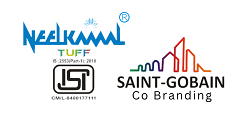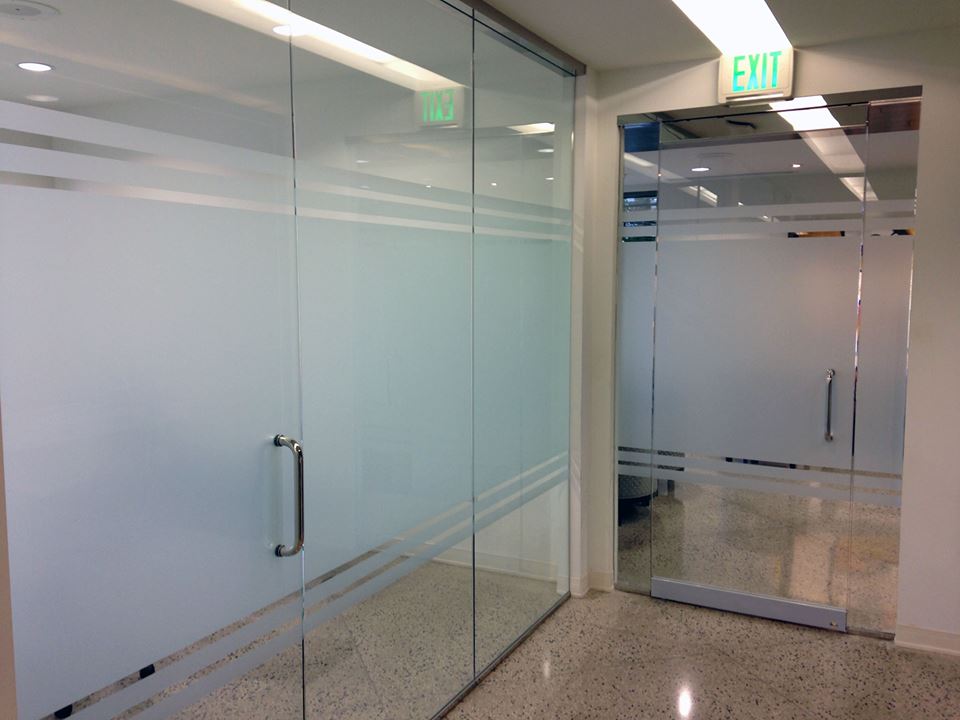
Frosted Glass: A Detailed Exploration of Types and Uses
Frosted glass, renowned for its elegant appearance and versatile functionality, stands as a favored choice in the realm of decorative and functional architectural glass. This specialized glass variety undergoes a treatment process that renders its surface translucent, creating a blurred or diffused effect, while still allowing light to pass through. Let’s delve into the multifaceted world of frosted glass, exploring its various types, distinctive characteristics, and wide-ranging applications across industries.
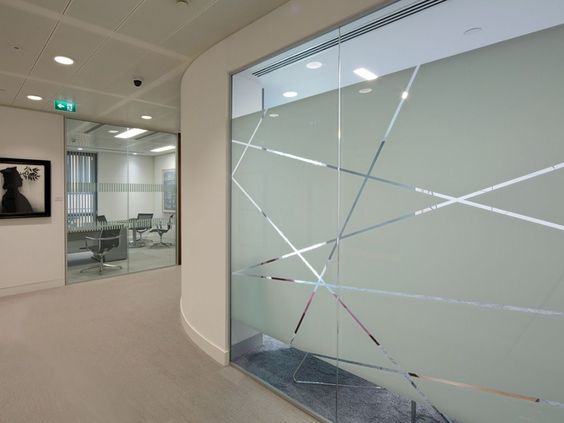
Types of Frosted Glass:
Acid-Etched Frosted Glass: This type of frosted glass is created by applying acid or chemical compounds to the glass surface, creating a matte, opaque appearance. The process involves masking specific areas to achieve varying levels of translucency and patterns.
Sandblasted Frosted Glass: Sandblasting involves propelling fine sand particles onto the glass surface at high pressure to create a frosted effect. This method allows for customized designs, textures, and degrees of opacity.
Frosted Vinyl Films: Vinyl films or coatings are applied to glass surfaces to achieve a frosted appearance. These films offer a cost-effective and removable option for creating frosted glass effects, often used in temporary or decorative applications.
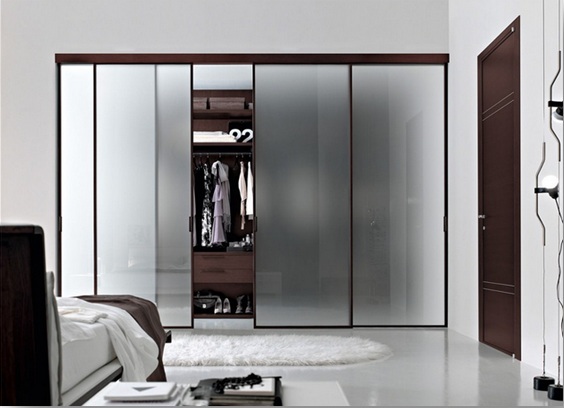
Characteristics:
Enhanced Privacy: Frosted glass maintains natural light transmission while obscuring visibility, making it an ideal choice for areas requiring privacy without compromising illumination.
Aesthetic Appeal: The diffused, softened appearance of frosted glass adds an element of elegance and sophistication to architectural spaces, offering a balance between functionality and aesthetics.
Versatility: Available in various patterns, designs, and degrees of translucency, frosted glass caters to diverse stylistic preferences and architectural requirements.
Light Diffusion: Frosted glass effectively disperses light, reducing glare and creating a gentle, ambient illumination that minimizes harsh shadows and reflections.
Applications of Frosted Glass:
Interior Design: Frosted glass finds extensive use in interior spaces for partitions, doors, windows, and decorative elements. It adds a touch of elegance while providing privacy in office spaces, bathrooms, and residential interiors.
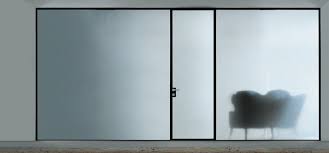
Retail and Hospitality: Often utilized in storefronts, restaurants, and hotels, frosted glass creates an inviting ambiance while maintaining a degree of privacy for patrons.
Signage and Branding: This glass serves as an excellent medium for signage, logos, or decorative elements in commercial spaces, offering a sophisticated branding solution.
Furniture and Decor: It is incorporated into furniture design, shelving, tabletops, and decorative accents, lending a stylish and modern touch to interior decor.
Frosted continues to be a versatile and sought-after material in contemporary architecture and design. Its blend of functionality, aesthetic appeal, and versatility makes it a preferred choice across various industries. Whether used for privacy-enhancing partitions, decorative elements, or stylish furniture, frosted stands as a timeless option that combines elegance with practicality, redefining spaces and experiences.
